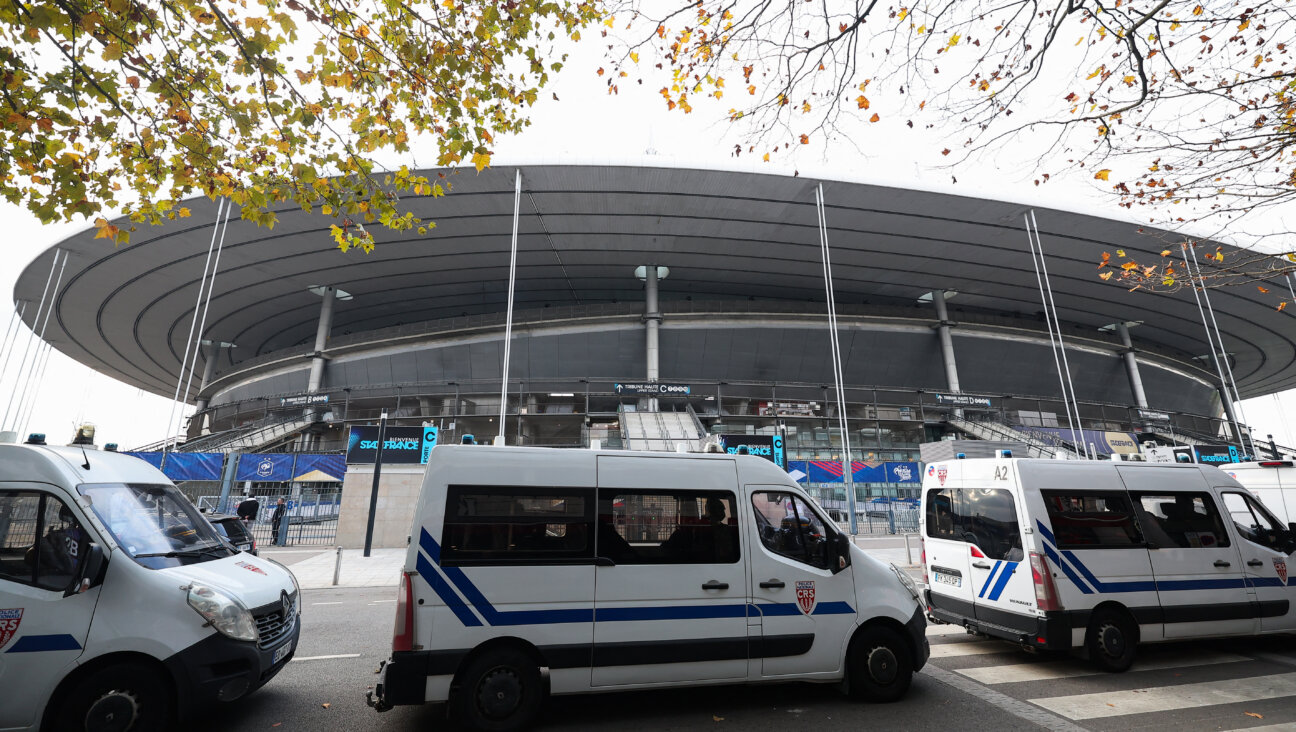Good News for Wall Street, But Not for Main Street
On July 3, the day before Independence Day, The Wall Street Journal brought good news about the future of the American economy. A poll of 54 economists found a high degree of optimism. They predicted that in the third quarter of this year, the Gross Domestic Product — the sum total of the economy’s output — would grow by an annualized rate of 3.5%. And, in the fourth quarter, it would grow at the even faster rate of 3.8%. This startling joyous forecast can only be fully appreciated if we realize that, up until now, the economy has been crawling along at a rate of about 1%.
What is the reason for this exuberant expectation? The polled economists are encouraged by what has been happening on Wall Street. They point to the Dow Jones industrial average, which rose by 5% in the first six months of the year, and to the Standard & Poors index that rose 11%. The assumption is that what’s good for Wall Street is good for Main Street.
But, by mid-afternoon of the same day that the Journal ran its report, the electronic media were informing America that the rate of unemployment had risen to 6.4%, the highest in nine years. Actually, this figure is an understatement: There are multitudes who are not counted as “unemployed,” although they are because they have become so discouraged that they have given up looking for a job. Also, there are several million who are counted as “employed,” although they may work only a half-dozen hours a week. A realistic count that includes the “discouraged” and the “part-timer” who would prefer to work full time would put our jobless rate into the double-digit category.
This is bad news not just for those out of work, but for the rest of us as well. Millions of jobless means billions of dollars lost in purchasing power. And, in our market economy, if the market is collapsing, the economy must inevitably follow.
Thus comes the query: How come the stock market is doing so well? The answer may lie in a brief recall of the last time this seemingly self-contradictory phenomenon made its foreboding appearance. The year was 1929 — the tragic opening year of the Great Depression.
In July 1929, the “industrial index,” the measure of manufacturing activity, the backbone of the American economy, took a nosedive. As industrial activity and employment fell, stocks zoomed sky high. This was not a coincidence; there was a causal relation.
The moguls of manufacture stopped putting money into production. Why expand buildings and machinery and employ more people when the economy was suffering from “overproduction”? That being so, what should the rich and the super-rich do with their idled millions? They did in 1929 what they are doing in 2003: They put their money to work in a gambling den called Wall Street. They played the game of buying and selling pieces of paper called “equities.” Increasingly, the price-earnings ratio — the price of a stock as a percentage of the earnings of the corporation issuing the stock — became a frightening farce. Ultimately, the “paper” wasn’t even worth the paper on which it was written. In October came the stock market crash.
Put bluntly, the present surge on Wall Street at a time of rising unemployment and falling production is not a good sign but a sinister omen of mean moments to come, a fact that the majority of the selected 54 economists seem to have missed.
A message from our CEO & publisher Rachel Fishman Feddersen

I hope you appreciated this article. Before you go, I’d like to ask you to please support the Forward’s award-winning, nonprofit journalism during this critical time.
At a time when other newsrooms are closing or cutting back, the Forward has removed its paywall and invested additional resources to report on the ground from Israel and around the U.S. on the impact of the war, rising antisemitism and polarized discourse.
Readers like you make it all possible. Support our work by becoming a Forward Member and connect with our journalism and your community.
— Rachel Fishman Feddersen, Publisher and CEO























